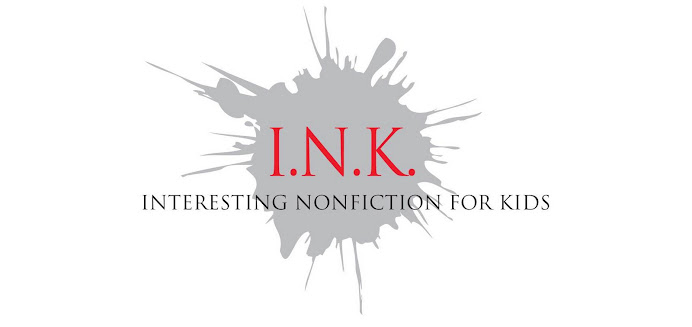Springtime
is my favorite season, and wildflowers are a major attraction here in beautiful
western Montana. The parade has
begun, starting with buttercups in March and continuing through a roadside trio
of larkspur, star flower, and biscuit root—purple, white, and yellow, a combo
that would make a beautiful flag.
I’m
celebrating the season by taking a class in wildflower journalling, both because
I love the flowers and because I am not fundamentally a detail person. A class like this, where I’m sketching
the plants to document them, forces me to switch into the often neglected
detail mode. And I know, as a
writer, that details are critical in bringing my writing to life. Details help the reader ‘see’ what you’re
writing about and can jump start a movie in the brain that will carry your
reader seamlessly through your work.
This principle can be
used to lead a reader through a sequence of ideas or information
to a conclusion every bit as well as to carry the reader along through an
exciting fiction story.
While
pondering these thoughts as I climbed a trail up the mountain we live on, I
noticed delicate yellow-flowered Arnica plants
blooming in the dappled shade I leaned over and focused in on a single plant
with my camera to document it for my wildflower project. Further up the slope, I saw an image
that epitomized Arnica’s habitat
preference—an oval of tall pines created a shady spot decorated by a patch of Arnica, its borders sketched by the
shade of the trees. I suddenly
realized that two kinds of detail exist, small detail and big detail. Small detail would encompass the minute
features of each plant, while big detail consisted of larger but still specific
features such as the way the plants are growing in the shady patch among the
pines.
When
we writers wish to create images for our readers, we may move from small detail
to big detail, or vice versa, depending on where we’re going with our
words. Here’s the masterful
nonfiction introduction from my friend Jeanette Ingold’s Montana Book Award Honor Book novel, “The Big Burn” that moves through many small details, then
widens to the big picture:
The
wildfires had been burning for weeks.
 They’d
been born of sparks thrown from steam-driven trains and from the machinery of backcountry
logging. They’d started in the
working fires of homesteaders and miners and in the campfires of hobos and in
the trash-burning fires of construction camps and saloon towns. They’d begun when lightning had coursed
down from an uneasy summer sky to ignite the towering snags of dry forests.
They’d
been born of sparks thrown from steam-driven trains and from the machinery of backcountry
logging. They’d started in the
working fires of homesteaders and miners and in the campfires of hobos and in
the trash-burning fires of construction camps and saloon towns. They’d begun when lightning had coursed
down from an uneasy summer sky to ignite the towering snags of dry forests.
The
wildfires lay behind a brown haze that was beginning to shroud mountaintops and
drift like dirty fog through the forests of the Idaho panhandle. Though no one then knew it, they were
fires that would join ranks and run in a vast wall of flame.
When
they did, it would be called the big blowup, the great burn, the Big Burn.
At
this point, we know we have to read on—we couldn’t stop.
We know that detail can draw us into a
piece of writing, but it can do more.
Here’s an example of how simple detail can inspire the reader’s
imagination, from another award winner by a friend, Peggy Christian’s “If You
Find a Rock:”
Then
again,
you
might find a rock
with
a stripe running
all
the way around it.
Trace
the line
with
your finger—
it
must circle all the way.
you
have a wishing rock,
and
you whisper
what
you want
before
you throw it.
If
you get stuck in your writing and feel you’re not drawing your readers in with
your prose, think about finding a way to use a telling detail to start that
inner ‘movie’ going and widen your perspective from there. Or, if the goal is to have your readers focus on the small details, start with the big and gradually work down to the small.




















